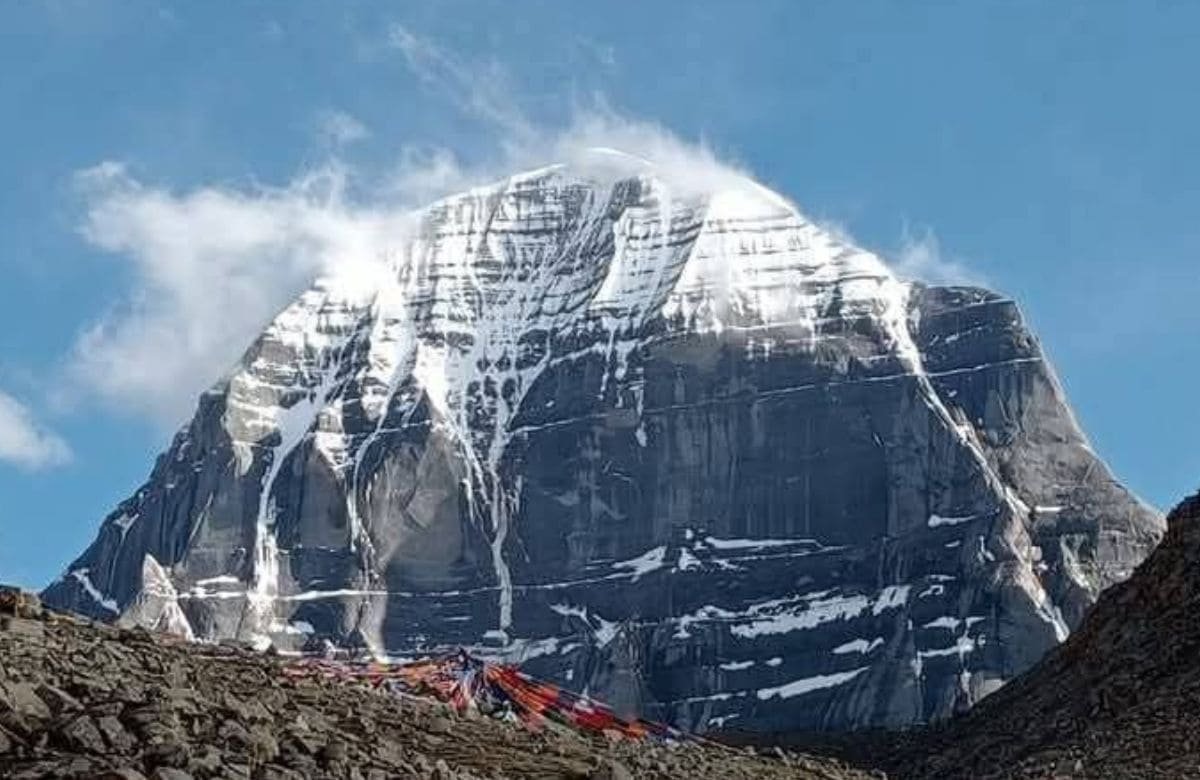Kailash Mansarovar Yatra Subsidy – A Complete Guide for Pilgrims

Get in touch with our Staff members and get discounted offers for your trip.


The Kailash Mansarovar Yatra is one of the most sacred pilgrimages in Hinduism, Buddhism, and Jainism. Every year, thousands of devotees undertake this challenging journey to seek divine blessings at Mount Kailash and Lake Mansarovar, believed to be the abode of Lord Shiva. However, the Yatra involves substantial expenses due to its remote Himalayan terrain, international permits, and long travel duration. To help devotees fulfill their spiritual aspirations, several state governments in India provide financial assistance or subsidies to pilgrims.
Let’s explore in detail how these subsidies work, who is eligible, and how to apply.
Before understanding the subsidy aspect, it’s important to know the approximate cost involved in this sacred journey. Depending on the route chosen (Lipulekh, Nathu La, or Nepal route), the average cost ranges from ₹1.5 lakh to ₹3 lakh per person. The expenses include:
Visa and travel permits (India and Tibet)
Accommodation and meals during the Yatra
Transportation, including high-altitude vehicles
Trekking, porter, and guide charges
Medical examinations and insurance
Logistic support and emergency evacuation arrangements
Due to these high costs, state subsidies play an important role in easing the financial burden for devotees.
The Government of India (through the Ministry of External Affairs) organizes the Kailash Mansarovar Yatra annually. However, the Central Government does not provide any direct subsidy to pilgrims.
The role of the central authority is limited to:
Organizing and coordinating the Yatra logistics
Managing pilgrim selection through a fair lottery system
Overseeing medical screening, permits, and liaison with Chinese authorities
Therefore, the financial assistance comes entirely from individual state governments rather than the Centre.
Different Indian states provide monetary assistance to residents who successfully complete the Kailash Mansarovar Yatra. The subsidy amount varies from state to state and is usually offered after the completion of the pilgrimage upon submission of valid proof.
The Uttar Pradesh government provides one of the highest subsidies in India for this Yatra. The assistance amount currently stands at ₹1,00,000 per pilgrim, available once in a lifetime. Pilgrims must be residents of Uttar Pradesh and officially selected for the Yatra by the Ministry of External Affairs.
https://updharmarthkarya.in/booking/KMHI/Home/Home
The Gujarat government offers ₹50,000 as financial assistance to each pilgrim from the state. Earlier, the amount was ₹23,000, but it was increased in recent years to support more devotees from the state.
The Haryana government provides a ₹50,000 subsidy to each pilgrim undertaking the Kailash Mansarovar Yatra. Applicants must submit all documents proving completion of the journey and state residency.
The Karnataka government provides assistance of approximately ₹35,000 per person for eligible residents who participate in the Yatra.
The Delhi government offers financial support of ₹30,000 to pilgrims residing in the National Capital Territory who complete the Yatra.
These states also provide smaller subsidies, usually in the range of ₹20,000 to ₹25,000 per person, depending on the year and government policy.
Note: Subsidy amounts and policies may change annually depending on state budgets and government notifications. Pilgrims should verify the current scheme before applying.
Each state has its own guidelines, but the general eligibility conditions include:
Permanent Residency: The applicant must be a permanent resident or domicile of the respective state offering the subsidy.
Official Selection: The pilgrim must be officially selected by the Ministry of External Affairs for the Kailash Mansarovar Yatra.
Completion of Yatra: The subsidy is generally released only after the pilgrim completes the entire journey.
Proof of Participation: Applicants must submit journey completion certificates, visa copies, travel permits, and other supporting documents.
One-Time Benefit: Most states allow this subsidy once in a lifetime per individual.
The application procedure is quite similar across states, though it may vary slightly based on local administrative departments.
Obtain Yatra Completion Certificate: After completing the Kailash Mansarovar Yatra, collect the official certificate from the Ministry of External Affairs or your tour operator.
Prepare Required Documents:
Domicile certificate
Aadhaar card and passport copy
Bank account details
Proof of Yatra completion (certificate, travel documents)
Passport-size photographs
Submit Application:
Fill out the subsidy application form (available from the state’s pilgrimage or tourism department).
Attach the required documents.
Verification Process: The concerned department verifies all documents and cross-checks your participation details with the MEA.
Subsidy Disbursement: Once approved, the subsidy amount is directly credited to the applicant’s bank account.
Some states have introduced online application systems, while others still follow offline procedures through the pilgrimage department offices.
While the subsidy schemes are beneficial, pilgrims often face certain challenges:
Delayed disbursement — some states take months or even years to release payments.
Limited quota — subsidies are often available for a limited number of applicants each year.
Incomplete documentation — missing travel or domicile proofs can delay approval.
Policy changes — amounts or rules may vary with each new government budget.
To avoid these issues, ensure that all documents are preserved carefully and follow up regularly with the concerned department.
Always verify the latest subsidy amount and eligibility rules from your state’s pilgrimage department before planning.
Keep original receipts, Yatra certificates, and travel permits safe — they are essential for claiming assistance.
Remember that the subsidy is reimbursement-based; you need to pay for the trip first.
Budget realistically — even after subsidy, the Yatra remains an expensive journey.
Coordinate with your authorized travel operator (such as Nagarjuna Travels) to ensure all necessary documentation is prepared for subsidy claims.
The Kailash Mansarovar Yatra is not just a journey—it’s a once-in-a-lifetime spiritual experience. While the Central Government does not provide direct financial support, the state-level subsidies reflect efforts to make this sacred pilgrimage more accessible to common devotees.
Whether you’re from Uttar Pradesh, Gujarat, Haryana, Karnataka, or any other state, it’s worth checking your local government’s scheme before starting preparations. Even a partial subsidy can make a significant difference in fulfilling your dream of Lord Shiva’s divine darshan at Mount Kailash and Lake Mansarovar.